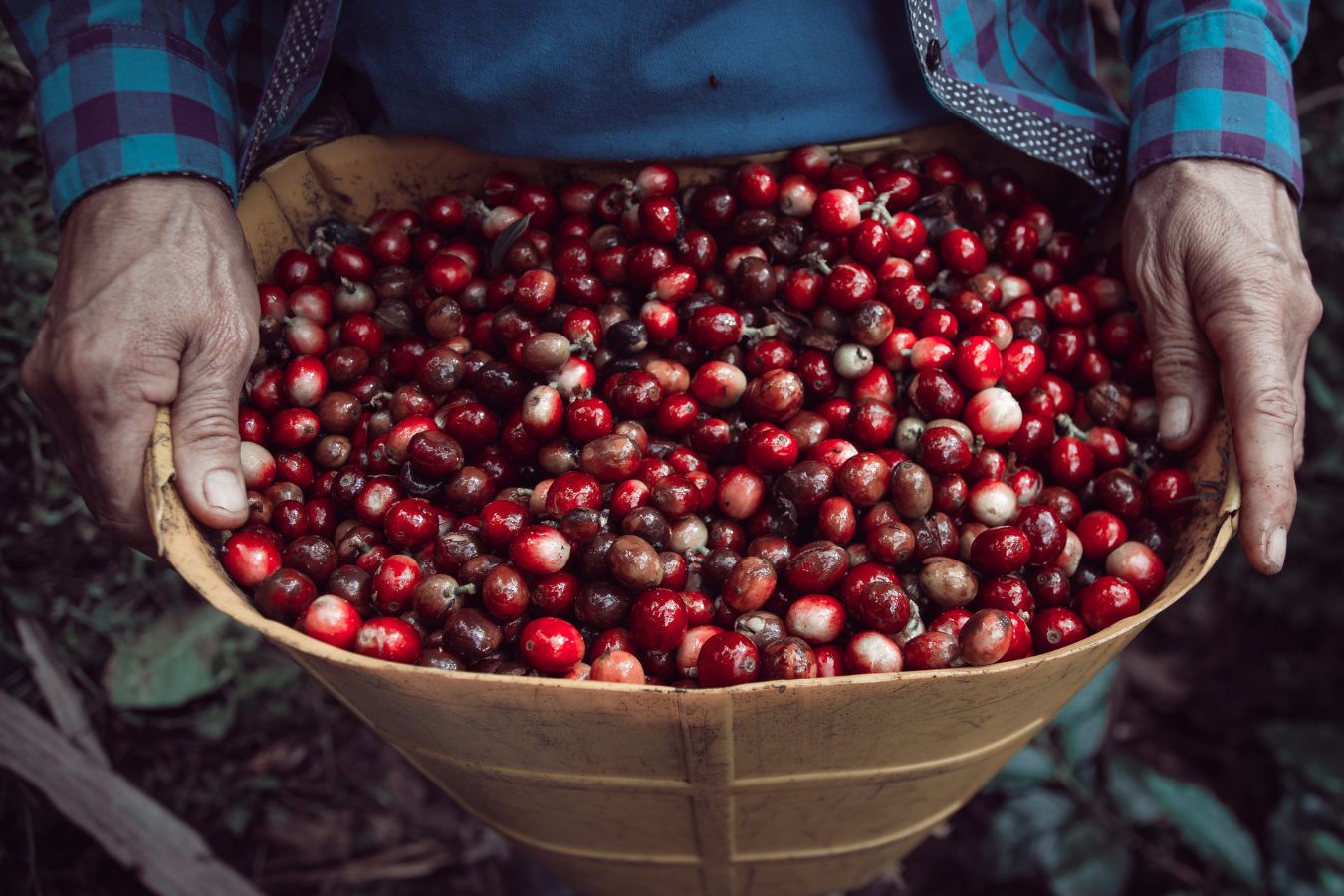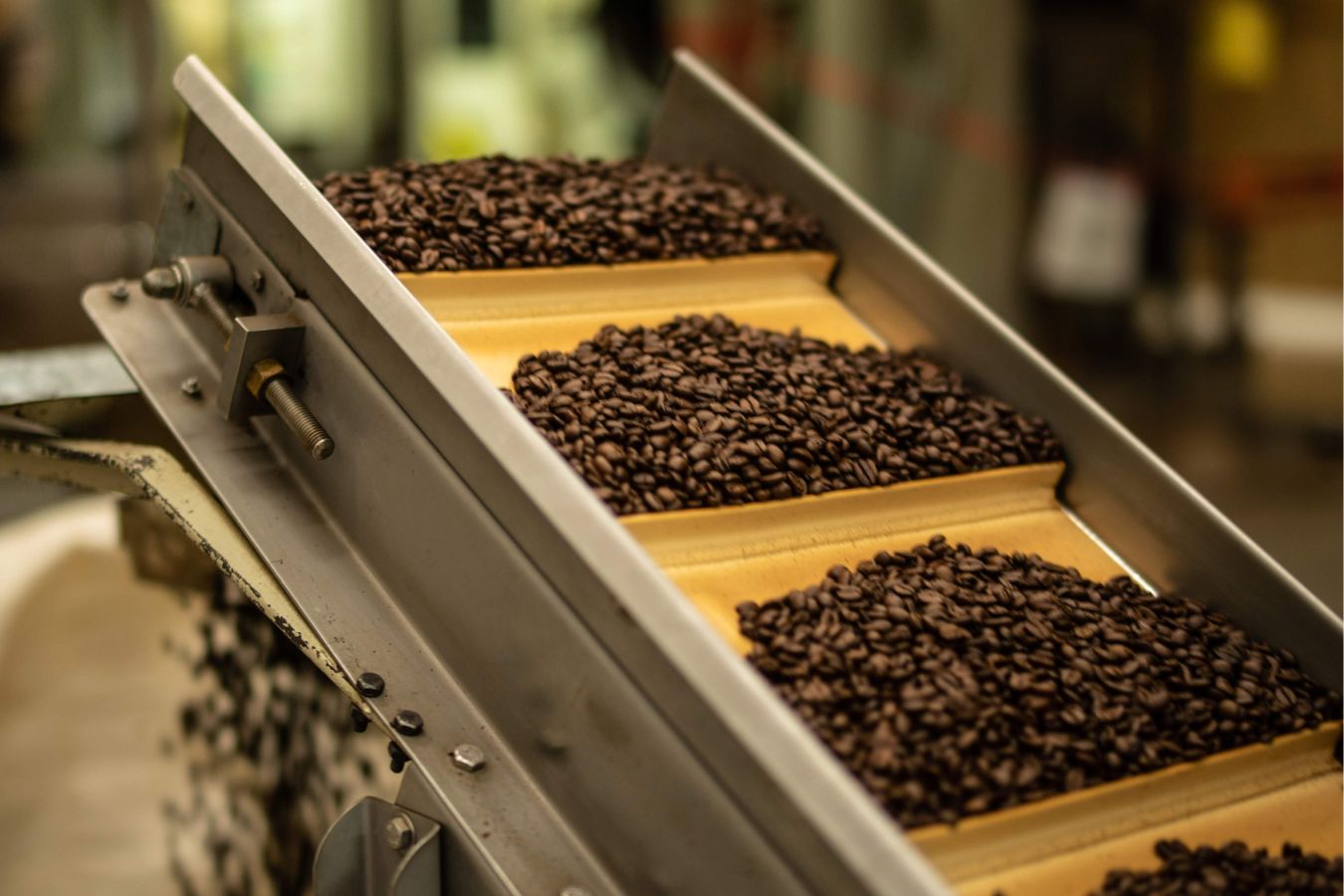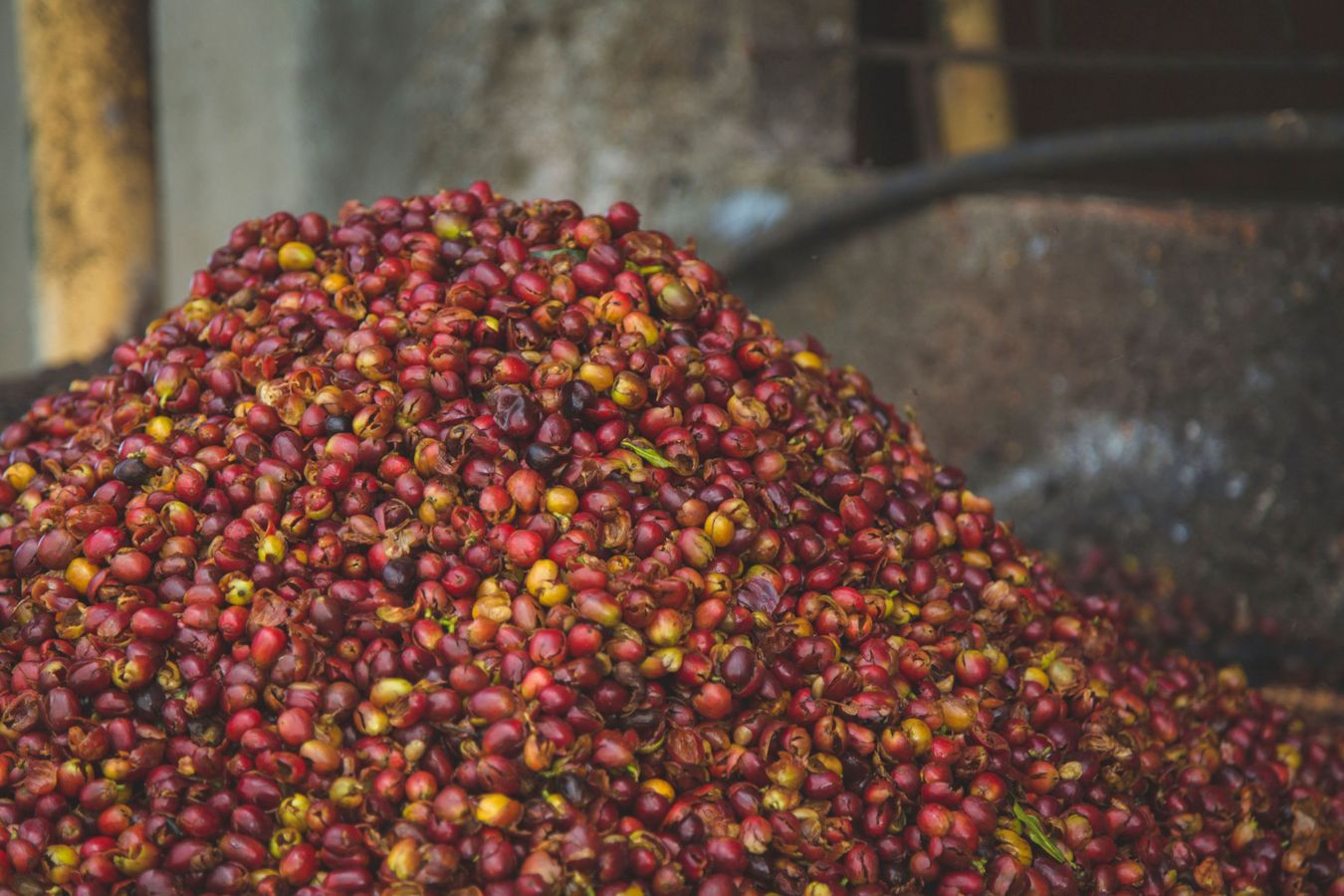
Colombia coffee production: an overview and process
Coffee trees have been present in Colombia since 1790, with the earliest proof credited to priest Jose Gumilla – in The Orinoco Illustrated – in The Orinoco Illustrated.
Colombian coffee production and export started in the early 1800s but remained limited until the twentieth century. With the introduction of coffee in 1927, Colombia’s coffee business began to evolve. Of FNC – (Coffee Federation of Colombia) and placed third in the world in coffee production, alongside Brazil and Vietnam.

Colombia now has around 600,000 family farms, most of which are smaller than 5 hectares and located in the hills between 1,200 and 2,000 meters above sea level.
Colombia was the world’s third-largest coffee producer in 2015, according to CafeImports, which provided the following figures in 2017:
Colombia produced at a larger scale:
- Approximately 600,000 people work in the coffee industry.
Farm size ranges from 1 to 5 hectares.
Export output: 11–13 million bags per year (60 kg).
Colombian coffee producing: - Antioquia, Boyacá, Cauca, Casanare, Huila, Magdalena, Meta, Risaralda, Santander, Tolima, Valle… are some of the coffee-growing regions of Colombia.
Popular coffee kinds include: Specifically, Bourbon, Castillo, Catimor, and Caturra, all from Colombia.
The majority of the time, wet processing is used.
Marketing colombian coffee: Agricultural History is the field’s official journal. As a result, it publishes papers on all elements of agricultural and rural life history, regardless of geography or time. Articles that cover a fresh issue, demonstrate extensive primary and secondary research, present an original interpretation, and are of general interest to Society members and other Agricultural History readers are particularly appealing to the editor.
The Agricultural History Society was created in 1919 in Washington, DC to “encourage interest in, study of, and research in agricultural history.” The Society was founded in 1924 and began publishing a journal in 1927.
The word “agricultural history” has always had a broad definition. Agricultural economists, anthropologists, economics, environmentalists, historians, historical geographers, rural sociologists, and a range of independent researchers make up the current membership.
Farming areas of importance (climate)
The first commercial coffee plantations in Colombia were established in the Santander region in 1835 and 1840. “Coffee has steadily supplanted an agrarian economy of cocoa production based on slave farms,” writes Marco Palacios in Coffee and Colombia.
Coffee was first farmed in Cundinamarca and Tolima, Colombia’s southwestern regions, around 1870. This was the first coffee path of a country seeking to rise in the mid-nineteenth century, and it explains why Colombia’s oldest coffee plants are west of the Andes.
Tolima is now one of Colombia’s most prominent coffee-growing regions, with enthusiasts of both coffee waves flocking to the region. Despite being close to the Cundinamarca coffee region (also well-known), the coffees from these two regions have a significant taste variation.
It’s also worth mentioning the coffee region in the Cordillera Center and Tolima and Cundinamarca — collectively known as the Colombian Coffee Triangle. The narrative of Juan Valdez was initially told in the Cordillera coffee region (see below).
Processing and growing of coffee in Colombia
The Arabica species account for most Colombian coffee, with yellow Bourbon, Pink Bourbon, Typica, and Caturra being the most common. The Federation of Colombian Coffees (FNC) later produced the Castillo variety to combat rust on the coffee grounds, coffee plantation
The wet method is one of Colombia’s most enduring traditions in the coffee business (also known as the Beneficio). The procedure is generally similar to the moist method used in certain other countries.
Harvesting occurs early in the morning, and the beans are processed soon afterward, followed by 12-18 hours of fermentation in a water bath. The coffee is scraped off the mucilage and dried once the fermentation is finished.

For a long time, Colombia was the world’s second-largest coffee producer behind Brazil, the world’s leading coffee grower. Vietnam overtook Colombia until 2000 when coffee rust in 2008 caused a significant reduction. Colombia is currently one of the top five coffee producers globally, producing approximately 10 million bags each year. Colombians tend to consume a lot of coffee, accounting for over 20% of the country’s annual output.
Colombian Coffee Federation (FNC)
The National Federation of Coffee Growers (FNC) is a non-profit organization dedicated to the advancement of the coffee industry and was founded in 1927 as a commercial cooperative to promote the production and export of Colombian coffee.
Currently, FNC has built a robust connectivity infrastructure to foster collaboration and reach mutual agreements on behalf of coffee growers and their families. Colombian coffee farmers have come to the required agreement to design programs and act in their own best interests.
The FNC’s Function
First and foremost, by joining the market, exploring potential markets, and defending Colombian coffee’s provenance, FNC will assure a reasonable price for Colombian coffee growers (Certificate of Origin). that this coffee is entirely made in Colombia). As a result, FNC becomes a strong ally for Colombian coffee farmers in the face of market changes, securing revenues for farmers.
Second, FNC will support Colombian coffee growers in research and development to reduce production costs and improve coffee quality through agricultural extension activities such as soil management, processing techniques, variety selection, disease prevention and treatment in coffee trees, and other agrarian aspects for effective coffee cultivation through the technical research department.
The Specialty Coffee Industry and the Juan Valdez Effect
FNC devised the Juan Valdez brand concept in 1981 to distinguish “100% Colombian Coffee” from coffee that had been combined from other nations. The image of a farmer in the countryside carrying coffee on the back of a donkey initially aired on television in 1983.
In the 1950s, when the second wave of coffee was famous, Juan Valdez was only a fictional character. On the other hand, what Juan Valdez preaches has been realized in every aspect of the specialty coffee market – the potential focus on quality at the source, the impact of production method in the chain of custody from the bean to the cup.
Furthermore, Juan Valdez sowed the idea that “coffee” is more than just a “taste like coffee” – it is a fruit with distinct species growing in different parts of the world. Other regions have distinctive flavors.
The global coffee business had taken note by the late 1970s. Colombia has risen to the top of the international coffee marketing and evangelism rankings — only 230 years after the first crop was planted in the South American country.

Colombia serves as an example to many coffee-producing countries across the world. Coffee and tea plants thrive in natural conditions paired with their geographic location (most products are processed wet, so they have high value in the market). FNC’s close collaboration has aided Colombia in establishing the image of Colombian coffee on the international stage by providing practical assistance to coffee growers.
The Basics of growing coffee While millions of people start their days with a hot cup (or cups!) of freshly brewed coffee, the great majority of us have never given any consideration to the long journey the beans take to reach our cup.
Whether it’s the process of grinding fresh beans in your kitchen and brewing the ideal cup, or simply popping into your neighborhood coffee shop for “the usual,” our morning ritual is just the final chapter in a complex scenario that has become a global institution. People who spend their days planting, caring for, and harvesting coffee for the rest of the world are at the center of this scenario.
The coffee plant is mostly grown between the Tropic of Cancer and the Tropic of Capricorn, in the equatorial zone of the globe. This appears to be related to environmental factors rather than a geographic limitation.
The existence of a moderate or tropical climate with no frost, lots of sunshine, and plenty of water are the most critical conditions for a coffee tree to grow. Too much direct sunlight or hydration, on the other hand, might have a negative impact on trees. Coffee should ideally be grown in moist, fertile, well-drained soil under a shaded canopy that receives a daily dosage of sunlight.
References:
- Primecoffea, Sản xuất cà phê Colombia, Tháng Mười Một 12, 2017